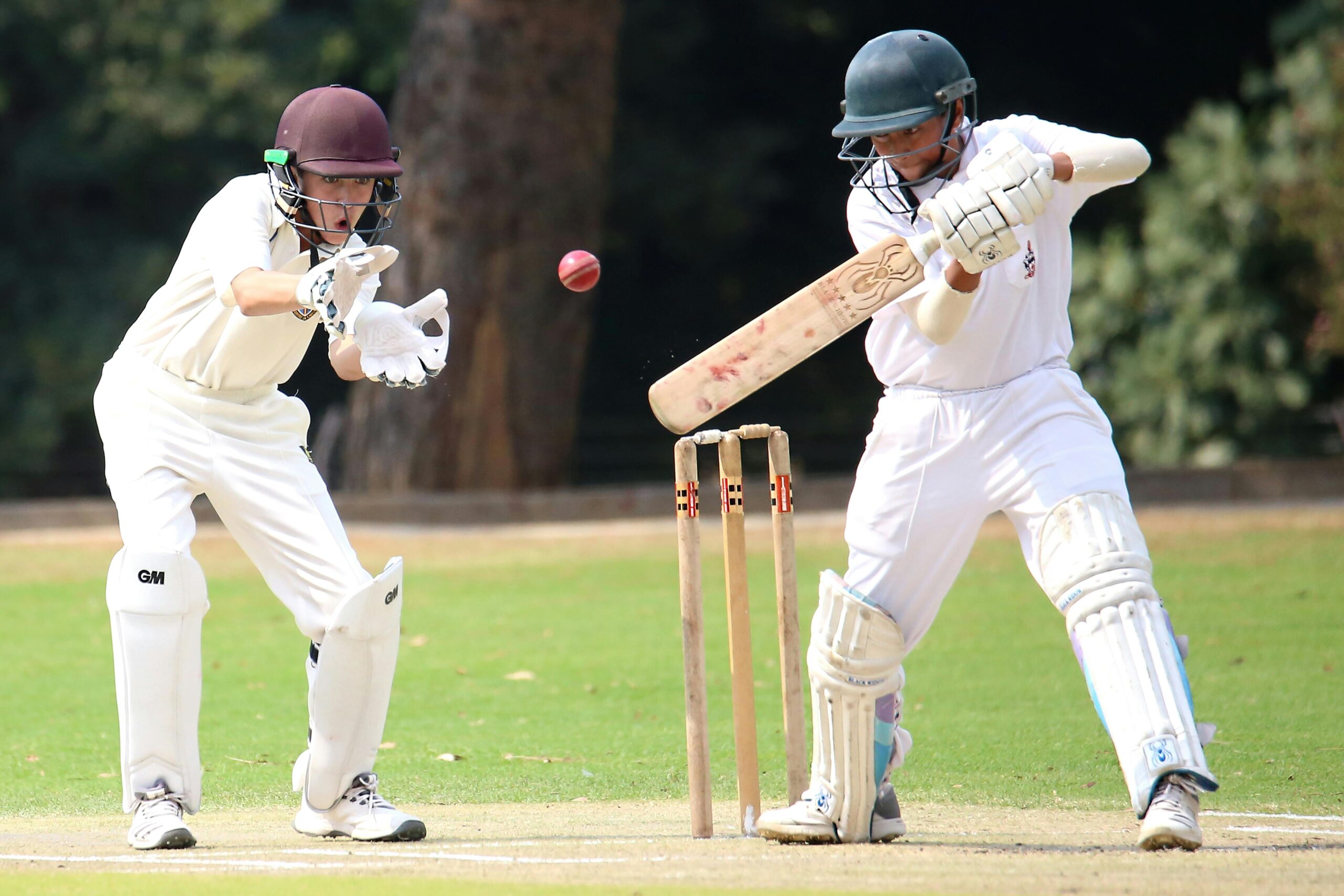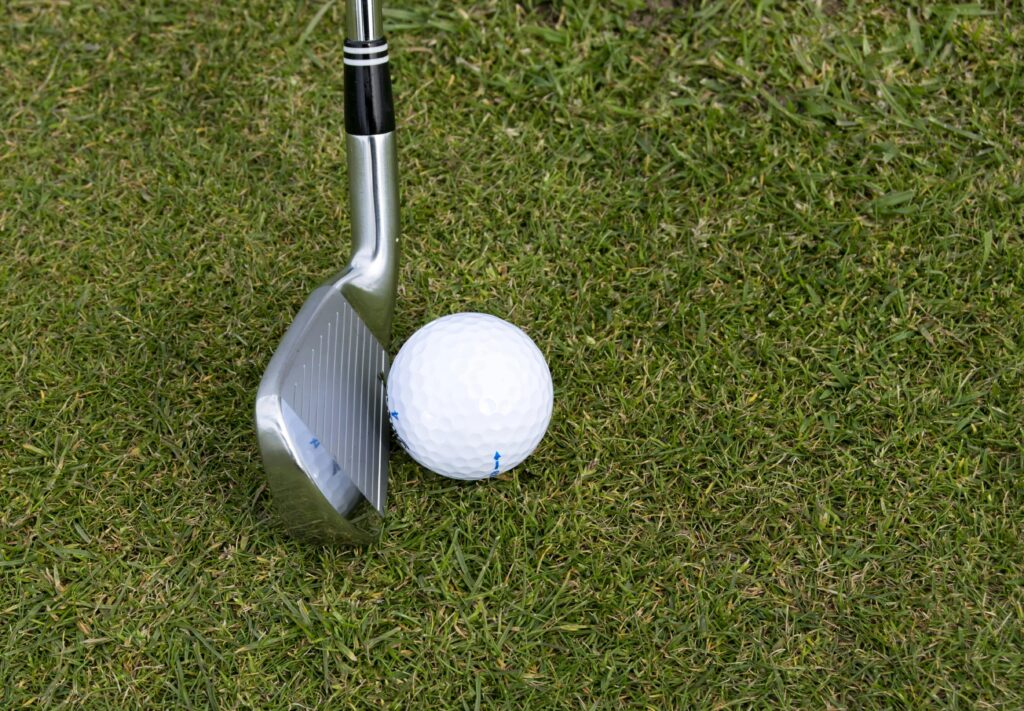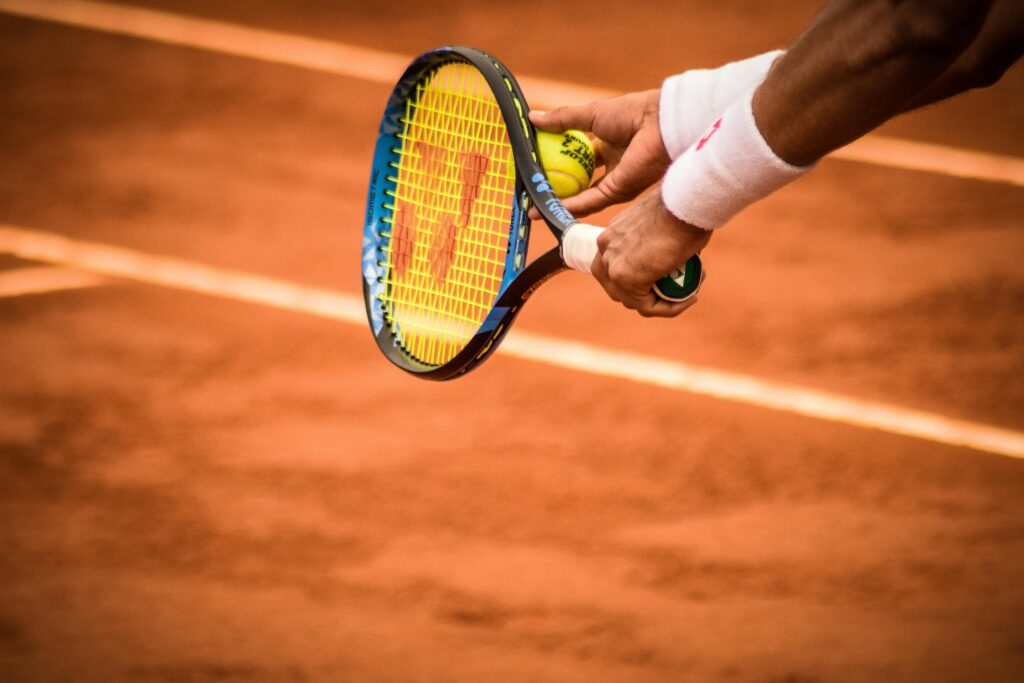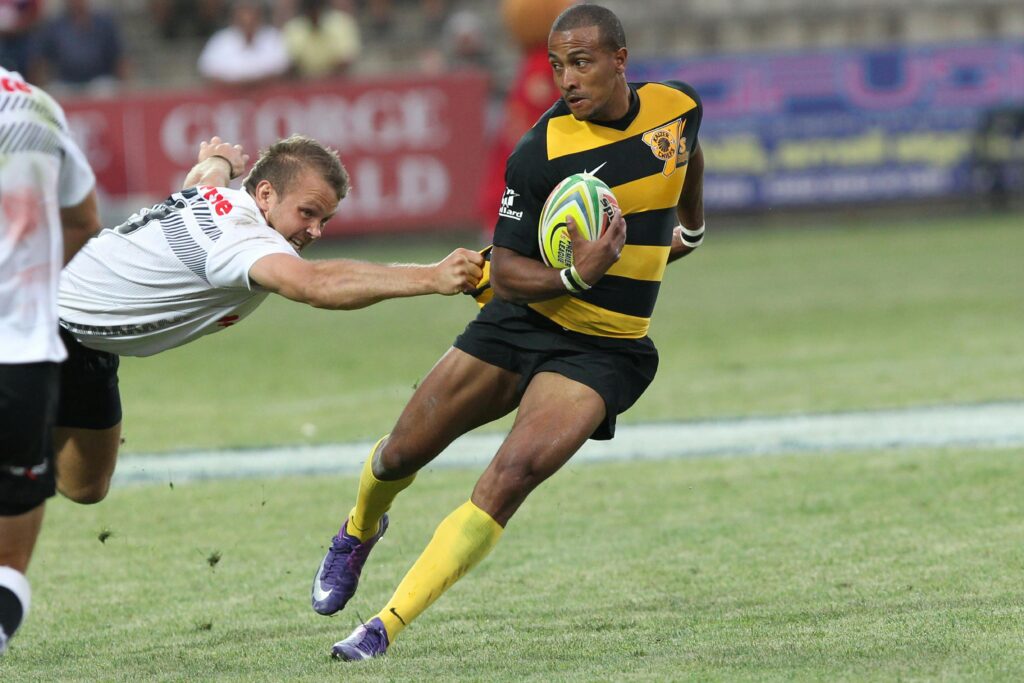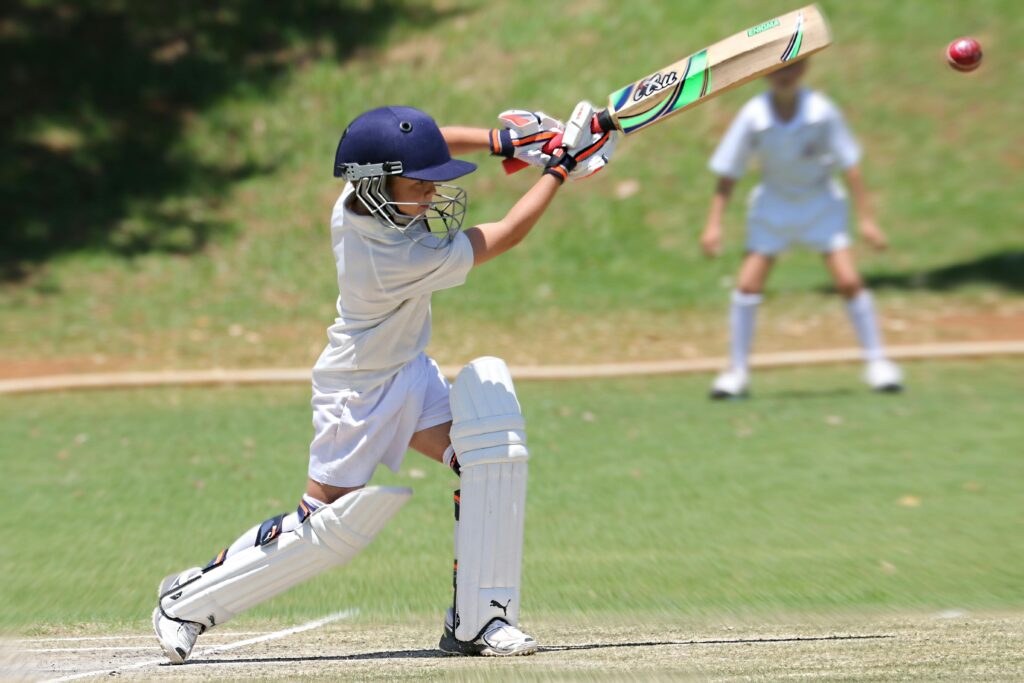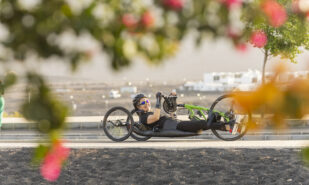As another Wimbledon tournament draws to a close, soon the British press will stop dissecting every serve and game with forensic precision. The conversation will carry on, of course — but not about technique. Instead, the headlines will pivot to the Duchess of Cambridge’s outfit and Hugh Grant peacefully dozing off mid-match.
Shepherds, Monks, and Children: Who Really Invented British Sports?
British sport, to most, evokes manicured lawns, thousand-pound racquets and polo sticks, thoroughbred horses with genealogies stretching back twelve generations, and champagne in the guest box. Some sports in the UK have long become social signifiers — if you’re on the court, in the saddle, or near the 18th hole, you’re in. One of the tribe. Respectable society.
But it wasn’t always this polished. Long ago, these games looked far less refined — often dangerous, chaotic, and absurd. No rules, no uniforms, no polite clapping from the sidelines — just mud, madness, and plenty of heart.
Golf: Rabbit Holes and Royal Bans
Today’s golf is a genteel pursuit for yacht-owning retirees, bank directors, and members of the House of Lords. Golf carts, referral-only clubs, and lawns trimmed with surgical precision.
But in the 15th century, it looked very different. The closest predecessor to modern golf is thought to have been invented by Scottish shepherds, who knocked rounded stones into holes — or rabbit burrows — with their crooks. The game was informal, disorganised, and quickly caught on.
So much so that in 1457, King James II of Scotland had to issue an outright ban — golf was distracting his soldiers from archery practice. That ban didn’t last long. Fifty years later, his grandson lifted it. Why? He was a golfer himself.
Tennis: Monastic Corridors and British Absurdity
Tennis today is Wimbledon whites, umpires on pedestals, strawberries and cream. But its ancestor, the French jeu de paume (“game of the palm”), was far less glamorous.
Invented in the 13th century by French monks, it resembled a mashup of squash and table tennis — with no racquets. Players batted a cloth ball with bare hands, off walls, ceilings, and even furniture. Gloves came next, then wooden paddles, and finally racquets. French kings adored it. So did the British, who built “real tennis” courts complete with beams, ledges, and windows — all part of the game. Balls rebounded off everything, including spectators.
Today, a handful of “real tennis” clubs still exist, including in Britain. Watching a match in one of these historic spaces is pricey, but utterly surreal.
Rugby: Mob Chaos and a Severed Head
With its disciplined formations, national anthems, and teary-eyed players, rugby feels like the epitome of sportsmanship. Legend has it rugby was born in 1823, when a schoolboy in the town of Rugby picked up a football during a match and ran with it.
But rough ball games existed in Britain long before that. One was shrovetide football, a pre-Lent ritual where hundreds of people formed two massive teams and rampaged through town, trying to drag a ball to their end of the village. The ball, often made from a pig’s bladder — or, more morbidly, a criminal’s severed head — had no boundaries or rules.
This game still takes place once a year in Ashbourne, Derbyshire. On that day, shops board up their windows and locals clear the streets of anything valuable or breakable. The match lasts all day and anyone can join. Rules: no deliberate violence, no vehicles, no playing in graveyards. Everything else? Fair game.
Cricket: Village Kids and a Ball of Wool
Cricket today means tea breaks, spotless white kits, and dignified restraint. But its roots lie in the muddy fields of southeast England, where village kids in the 14th century hit a ball of sheep’s wool with a stick. The rules? Made up as they went.
The first adult players were peasants, but the game quickly gained popularity among bettors. By the 18th century, the gentry and aristocracy had taken it over. Cricket became a national sport — and a symbol of Empire and order.
Football: Absolute Anarchy and Royal Bans
And finally — football. Today it’s the most watched, most monetised sport in Britain and the world. Giant stadiums, million-pound salaries, billions of fans. But its origins were brutal and borderline anarchic.
Medieval football was a local free-for-all: one half of the town trying to carry a ball (usually a pig’s bladder stuffed with straw) to the other side, fending off attacks along the way. No rules. You could push, punch, bite, and trample. It got so bad that in 1314, King Edward II banned football outright, calling it violent, disorderly, and “unfit for God-fearing folk.” That didn’t stop it. Football lived on in alleyways and fields, mutating over centuries into what we now call “football” or “soccer.”
***
The history of British sport reminds us: no game starts with etiquette and dress codes. Most “elite” sports began in the mud, driven by restlessness and boredom. Only later came rules, clubs, grants, and sponsors. But at their heart, these games were always about the crowd’s energy, the urge to compete, to strike the ball — or occasionally, your opponent.
And maybe that’s why, in every golf swing, rugby tackle, or tennis serve, the spirit of some wild-eyed kid with a stick and a stone on a Scottish field still lives on.

